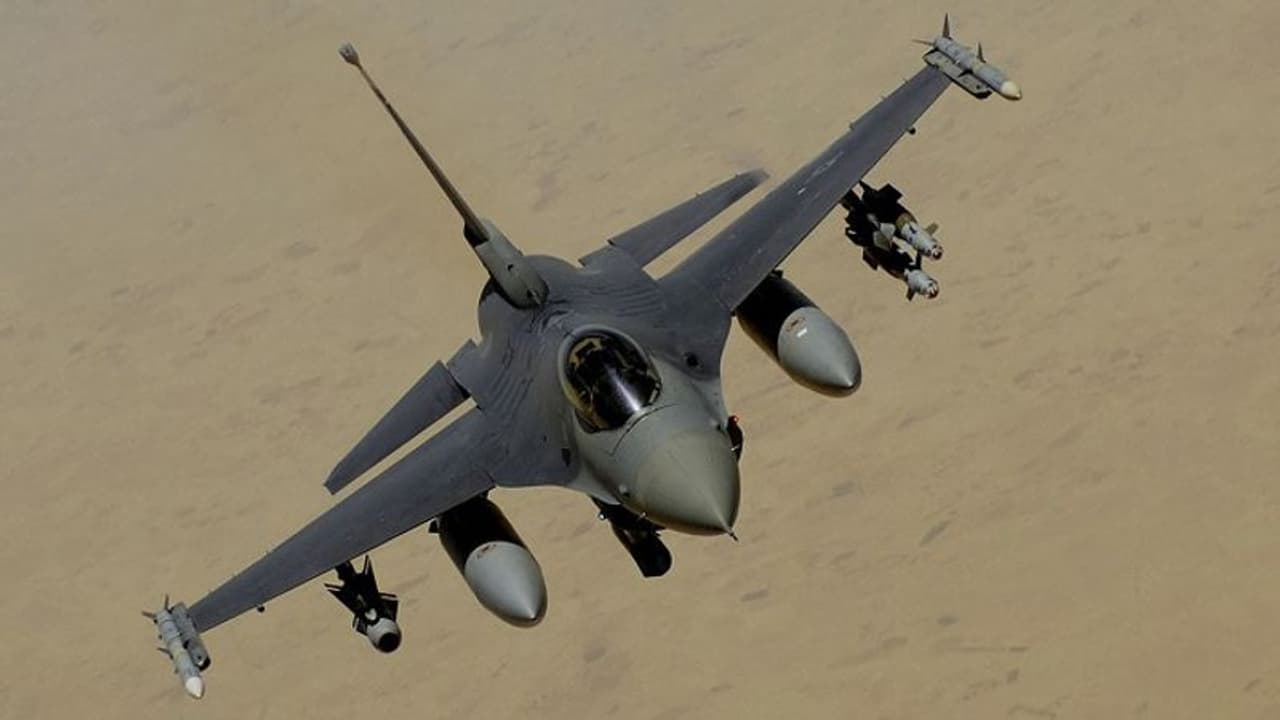The strikes targeted an IRGC weapons warehouse near the Iraq border in Al-Bukamal. The action was taken in response to a series of attacks by Iranian-backed militia groups against US personnel in Iraq and Syria, which began on October 17 and resulted in casualties
The United States Air Force conducted defensive airstrikes on two facilities utilized by Iran's Islamic Revolutionary Guards Corps (IRGC) in eastern Syria. American F-16s targeted an IRGC weapons warehouse in Al-Bukamal, near the Iraq border, a location frequently used for smuggling weapons by the IRGC.

US Secretary of Defense Lloyd J. Austin III confirmed the airstrikes with the following statement: "Today, US military forces conducted self-defence strikes on two facilities in eastern Syria used by Iran’s Islamic Revolutionary Guard Corps (IRGC) and affiliated groups. These precision self-defence strikes are a response to a series of ongoing and mostly unsuccessful attacks against US personnel in Iraq and Syria by Iranian-backed militia groups that began on October 17. As a result of these attacks, one US citizen contractor died from a cardiac incident while sheltering in place; 21 US personnel suffered from minor injuries, but all have since returned to duty."
Retaliatory military operations took place in the Middle East during a time of increased tension, with the ongoing conflict between Israel and Hamas and growing concerns about the potential for this conflict to engulf the wider region. These operations were a response to a series of attacks on US forces, believed to be orchestrated by Iranian-backed groups, which had been ongoing since Hamas's terrorist attack on Israel on October 7.
US Secretary of Defense, Lloyd J. Austin III, clarified the US position, emphasizing that the United States had no intention of seeking conflict and desired to avoid further hostilities. However, the Iranian-backed attacks on US forces were deemed unacceptable and needed to cease. Austin highlighted that Iran sought to conceal its involvement and deny its role in these attacks against US forces, but the US would not allow such evasion. He warned that if attacks by Iran's proxies against US forces persisted, the US would not hesitate to take additional measures to safeguard its personnel.
In response to these tensions, the United States took several strategic steps. Two aircraft carriers, along with additional fighter squadrons and air defense systems, were deployed to the Middle East. These measures aimed to deter not only Iran but also Hezbollah, an Iran-sponsored militant group operating in southern Lebanon, from launching a broader assault on Israel and escalating the conflict further.
The US had publicly attributed a series of over 16 drone and rocket attacks on military bases in Iraq and Syria to Iranian-backed militant groups. These attacks had caused 21 service members to be injured, according to the latest information from the Pentagon. Fortunately, all of these troops were able to return to their duties after experiencing either minor injuries or traumatic brain injuries. However, tragically, an American civilian contractor lost their life due to cardiac arrest during one of these attacks.
The American troops stationed in Iraq and Syria were positioned at bases equipped with advanced weapons systems designed to counteract rocket and drone attacks, which had historically been carried out by militants supported by Iran. These bases were fortified to protect US personnel and assets in the region.
